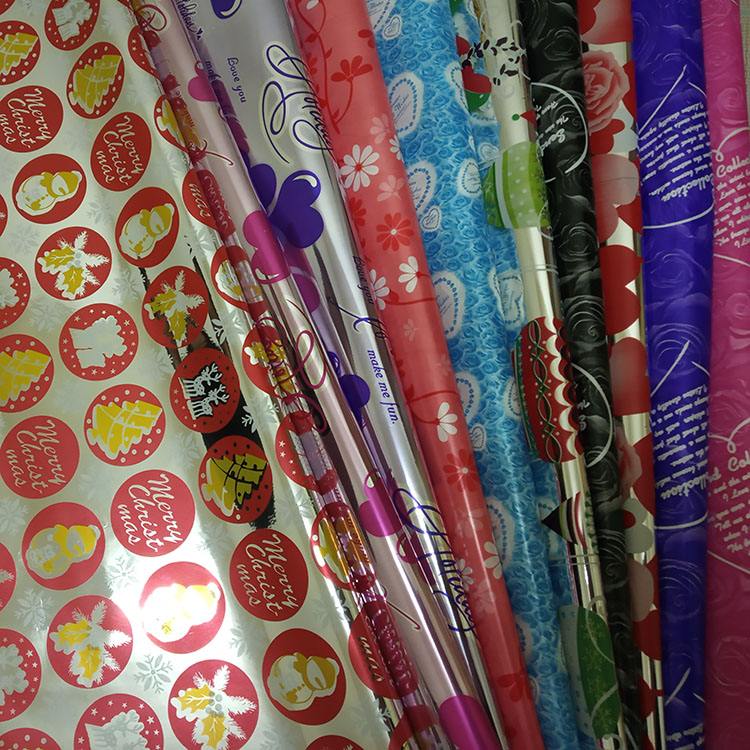Source: Link Testing Instruments Co.,Ltd.
Paper printed products are often contacted in daily life, such as cartons, cartons for packaging products, various types of newspapers, books, labels, calendars, business cards, etc. The printing quality of these products is not only related to the printing process, ink quality, printing environment In addition to other factors, it is also closely related to the smoothness, ink absorption, elasticity, surface strength, water content and other factors of the paper. If these factors are not properly controlled, the printing quality of the paper will be affected. Abrasion resistance is an important aspect to characterize the printing quality of paper prints. If the abrasion resistance of the ink layer is poor, during the transportation, storage and use of paper prints, the ink layer is likely to be blurred, the printing part will be worn out, and even The phenomenon of falling off not only affects the appearance of the product, lowers the grade of the product, but also hinders the transmission of the information expressed by the printed handwriting or pattern, which may mislead consumers. Therefore, the abrasion resistance of the ink layer of paper prints cannot be ignored.

Test methods and instruments
The test process is based on GB/T 7706-2008 "Letterpress Decorative Prints". In this test, the MCJ-05 friction testing machine independently developed and produced by Link Testing Instruments Co.,Ltd was used to test the abrasion resistance of the samples.
Test principle: The rub tester is developed to simulate the abrasion that the sample may be subjected to during the actual transportation and use. A load block of a certain size is placed on the abrasion paper and the sample to generate a certain friction between the two. , By setting the friction speed and the number of friction, the sample is subjected to the specified friction, and the abrasion resistance of the sample is obtained by comparing the wear of the ink layer or the color density before and after the friction with the naked eye or a reflection tester.
Test samples and test procedures
Test sample: Take a product packaging carton as the test sample.
Experimental procedure:
(1) Cut a piece of 230mm×50mm sample from the surface of the sample to be tested, and fix the sample on the friction table of the equipment.
(2) Use a reflection tester to test the color density of the ink layer on the surface of the sample.
(3) Fix the rubbing paper on the load block and place it above the sample.
(4) Set the times of rubbing and start the test. The load block drives the friction paper to rub back and forth on the sample surface according to the set number of rubbing times.
(5) After the rubbing, use the reflection tester to test the color density of the ink layer on the surface of the sample again, and calculate the wear resistance of the sample.
Test Results and Analysis
The abrasion resistance of the ink layer of the carton sample tested in this test is 96%, which is good in abrasion resistance. Good abrasion resistance of the ink layer is one of the important conditions to ensure that the paper prints maintain a good appearance during the circulation process, and the ink layer does not fall off or grind, and is an important reference to reflect the printing quality. It can be seen from the test process of this paper that the test of this performance is relatively simple, the test equipment is easy to operate, and the test time is short, which can quickly and accurately verify the abrasion resistance of the printed ink layer.
For more details please visit www.linktesting.org